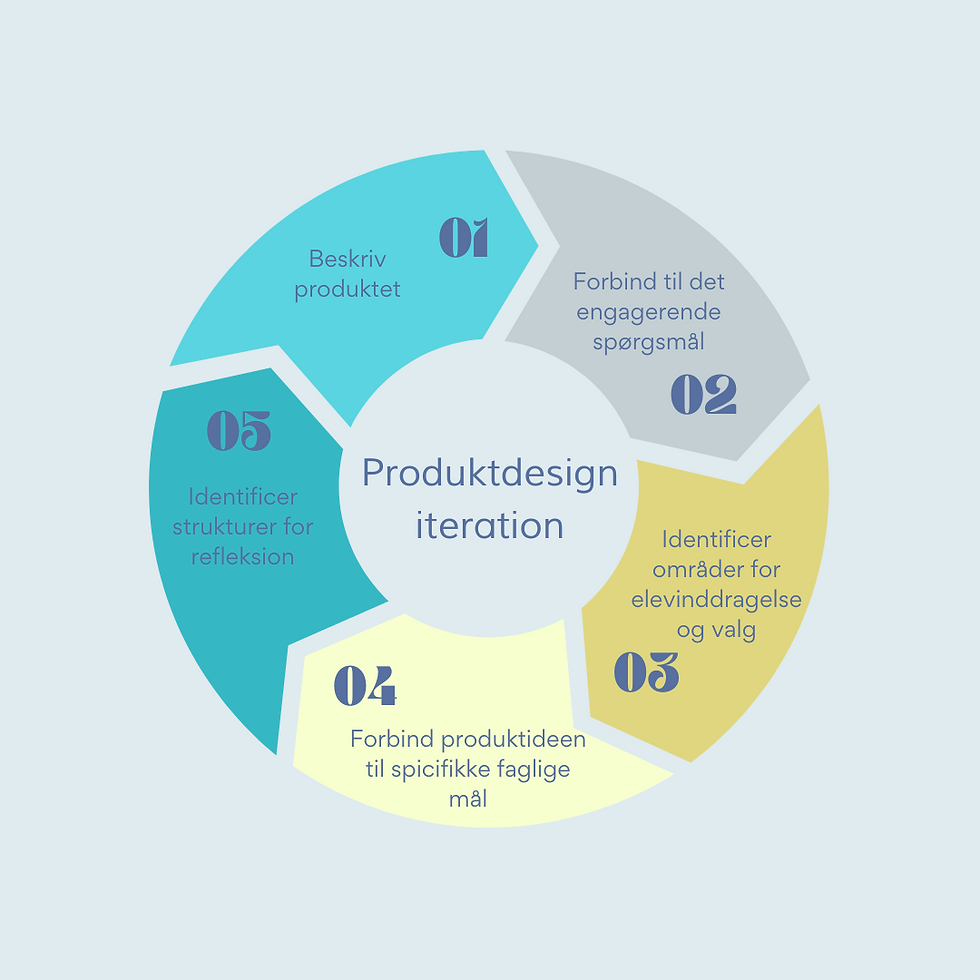Imagine if clear expectations and foundational structures bolstered autonomy and creative spirit
- Loni Bergqvist
- 29. apr. 2024
- 2 min læsning

Freedom and choice are the hallmarks of Innovation and creativity. But freedom and choice without structures to support them often lead to directionless confusion. This is particularly true in project-based learning (PBL), the need for creativity and choice should be balanced with the need for structure to ensure success.
This had been borne out over and over in PBL classrooms, but recently, I came across the same phenomenon in the choices and structures provided to teaching staff by their leadership team. This leadership team’s approach to PBL transformation increased teaching staff autonomy and creative energy by reducing some of the choices needed could take. Instead of leaving decisions about the implementation of PBL to the teaching staff, leadership defined clear expectations and foundational structures for what project-based learning will look like at their school. These included expectations for the number of projects per year, the duration of each project, and the start and end date for each project.
It might seem counterintuitive that reducing choices could increase creativity and autonomy. However, in those case, by providing clear expectations and structures, leadership created a sandbox where the staff's creativity could flourish. Teachers were able to focus on strategies to improve their practice of PBL, rather than continually deciding and re-deciding what the bounds and expectations of their practice should be.
This approach has been successful in this particular school, with overall creativity thriving whereas in other less structured approaches I have seen staff sometimes drown in logistics. By creating parameters around PBL, leadership gave staff the freedom to innovate and explore within those boundaries, rather than feeling lost or overwhelmed with too many choices.
There are a few reasons why this approach has been successful. First, providing clear expectations and structures creates a sense of accountability. Teachers know what is expected of them and can plan accordingly. Second, it creates a baseline understanding of what a particular PBL implementation is and what it isn’t. This reduces confusion and allows for more meaningful collaboration among staff. Finally, it frees up mental energy that might otherwise be spent on deciding what to do, allowing for more time and energy to be spent on doing it.
Of course, providing structure and parameters is not a one-size-fits-all approach. Every school and every teacher is different, and what works for one may not work for another. However, this approach to PBL transformation is worth considering for schools and teachers who may be struggling with how to balance creativity and structure in their classrooms.
By Bryan Harms



Kommentarer